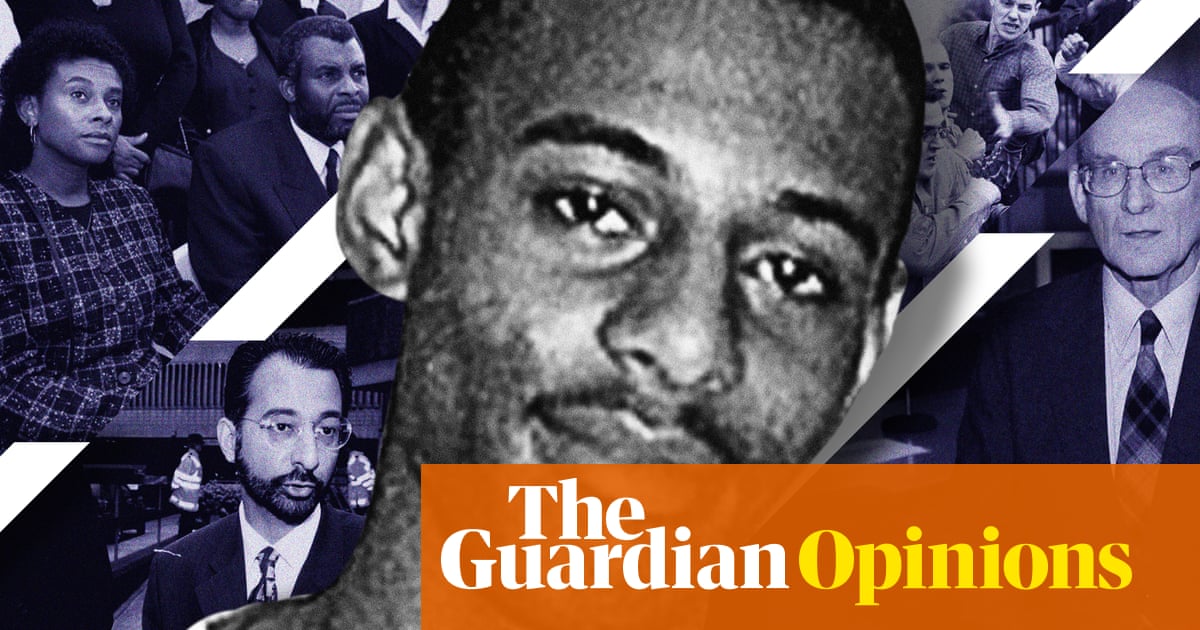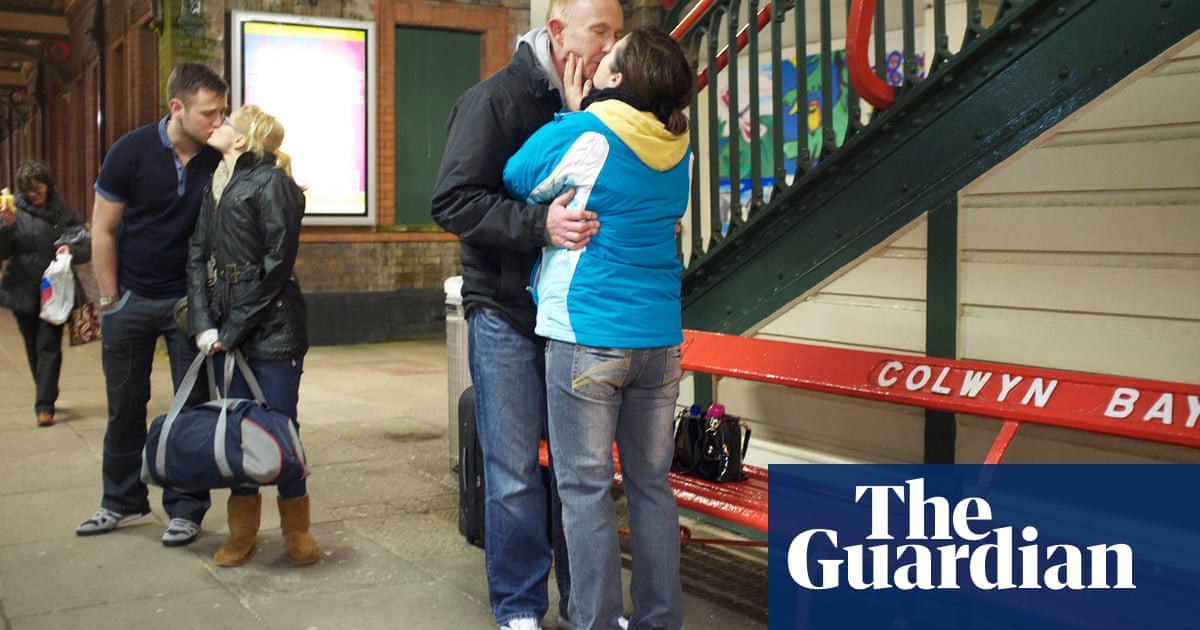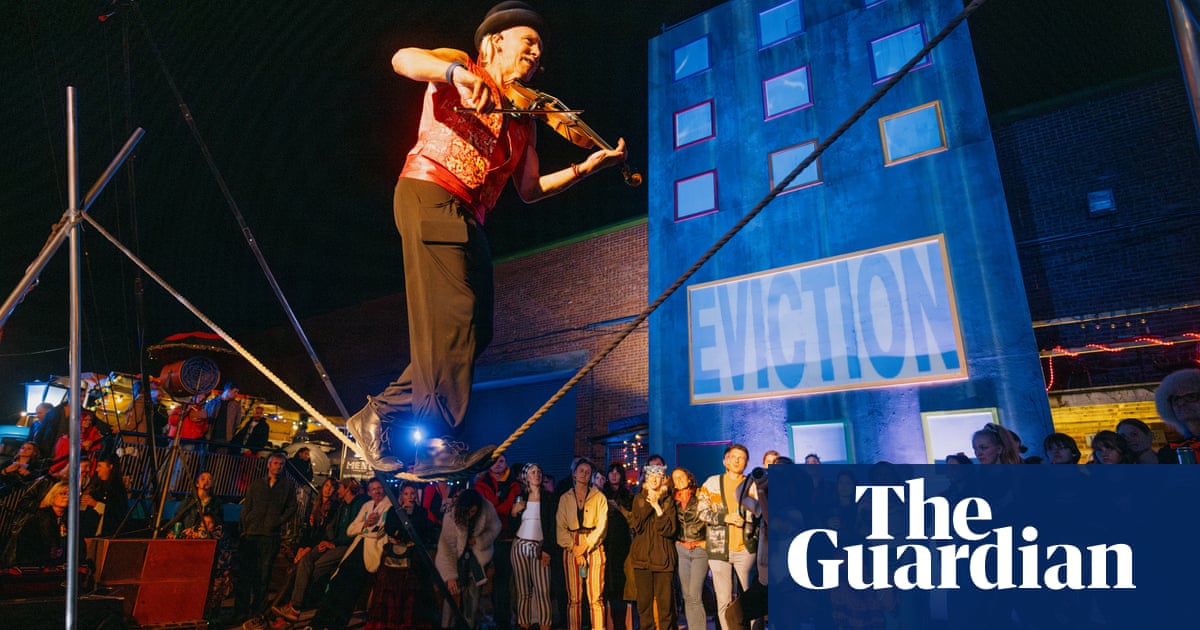
Ifirst visited and photographed Sarajevo in 1996. I had been volunteering in neighbouring Croatia and managed to hitch a ride in to Bosnia in a UN vehicle. The war and siege had ended a few months before and the city was enjoying its long-awaited peace. Sarajevans took to its scarred streets in huge numbers, meeting with friends and drinking coffee safe in the knowledge that they wouldn’t be struck down by a sniper or shell.
The destruction of the city at that time was jaw-dropping, surreal and seemingly total: rows upon rows of broken, bombed-out high-rise flats; shell craters and explosion indents everywhere; hospitals, offices and factories all in ruins. This was urbicide, a late-20th-century Dresden or Stalingrad. Everyone who lived through the nearly four-year siege had a nightmare to share.
I returned to the city the following year and set up a photo project for children: the Sarajevo Camera Kids. Using donated equipment from back home in Scotland, I set up a makeshift darkroom and organised photo classes in the basement of an orphanage. I developed a somewhat unhealthy obsession with Sarajevo and all things Bosnian, and volunteered with the kids’ photo project for three consecutive summers.
The Sarajevo Camera Kids led to lifelong friendships and connections with the students and with the city of Sarajevo. I would return there and to the wider Balkans over the next few years to document the peace and the reconstruction – which eventually culminated in my book and exhibition A Balkan Journey.
This photograph was taken in Sarajevo on 21 November 2015, 20 years to the day after the Dayton peace agreement was signed, signalling the end of nearly four years of brutal wars in Bosnia and Croatia and bringing about the end of the siege of Sarajevo – the longest city siege in modern history.
Sarajevo had changed dramatically since 1996, when I took photographs of a city in black and white, destroyed but surviving. The city now put on a brave, bold, cosmopolitan face; a modern European tourist destination like any other. An abundance of new shopping centres ran the length of the former Sniper Alley – the main thoroughfare leading into the heart of the city – and the Sarajevo that the Camera Kids documented no longer existed. But the divisions were still endemic.
For the 20th anniversary of peace, I wanted to document the stories of young people in their late teens and early 20s, who were born during or just after the conflict and so had no real memory of the war. I wanted to find out what, if anything, the Dayton agreement and peace in Bosnia had meant to them at a time when memories of the war were still raw and the ethnonationalist leaders were still in power and driving the divisions.
The sad reality is that young people in Bosnia still have separate education systems that work to replicate the divisions, with each side enforcing its own historical perspective and political ideology. It leaves little scope for real integration. I met and photographed young people from both sides – Bosnian Muslims and young Bosnian Serb students in Sarajevo. Both groups of young people spoke of wanting to break away from the constant talk of war and mistrust of the “other” – they just wanted to have a future in their own country. Tired of the nationalism and warlike rhetoric, these young people were part of a growing number who argue that it was never their war and that they should not have to carry its weight, nor have it drag them and their country down.
As the light began to fade on the anniversary day, I rushed to the famous Žuta Tabuja viewpoint looking over the city to get some last-minute landscape shots. I didn’t know who the couple were in my frame, they were just strangers blocking my view. But as they reached out and embraced each other it became a photograph worth capturing. It seemed the perfect poster image to highlight Bosnia and Sarajevo 20 years on from war: an optimistic image representing all the young people I had photographed and spoken to earlier who longed for peace and opportunities in their country – in their Sarajevo, a city that had seen and suffered so much.
Chris Leslie’s CV
Born: Glasgow, 1974.
Trained: MA (Distinction) in documentary photography, London College of Communication.
Influences: “Tom Stoddart, Alfredo Jarr, Oliver Chanarin and Adam Broomberg.”
High point: “Launching my new book in Sarajevo in November 2021.”
Low point: “Accidentally destroying my first four rolls of BW film from A Balkan Journey.”
Top tip: “Take time to see, explore, walk, absorb without a camera.”












